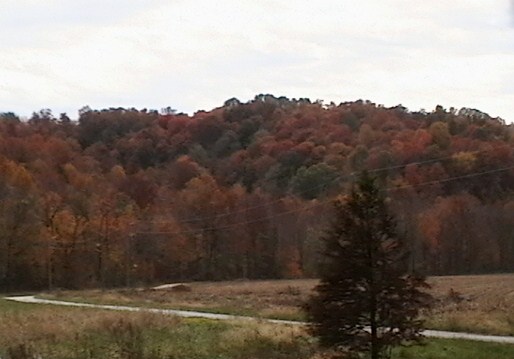When I look around our new home, I see hills and trees,
tame life and wildlife,
past and present.
When Tom looks around Indiana, he hears music.
We've now been at Lick Skillet for a year. Early on I challenged my guitarist husband to produce an album with a farm theme (I was especially keen for him to do an arrangement of the Flight of the Bumblebee. He tried but wasn't happy with the results; my plans for acquiring honey bees didn't work out either. 2013 just isn't the year of the bee, I guess).
He wrote and arranged, expanded his inspiration to all things Hoosier, and HEARTLAND is the result.
Tom's latest instrumental album is 15 songs; it's a mix of fingerstyle offerings, some with a country flavor, many his patented smooth and melodic style. Samples and downloads are available on Amazon, as well as iTunes, or via Tom's website. You can stream the album on Spotify and other stream-y type sites (can you tell I don't listen to music on the internet?).
We've done several videos to showcase the album, Wind Farm is up first.
We're anxious to share our new home with you all, I hope you'll spend a few moments with us in the HEARTLAND.









